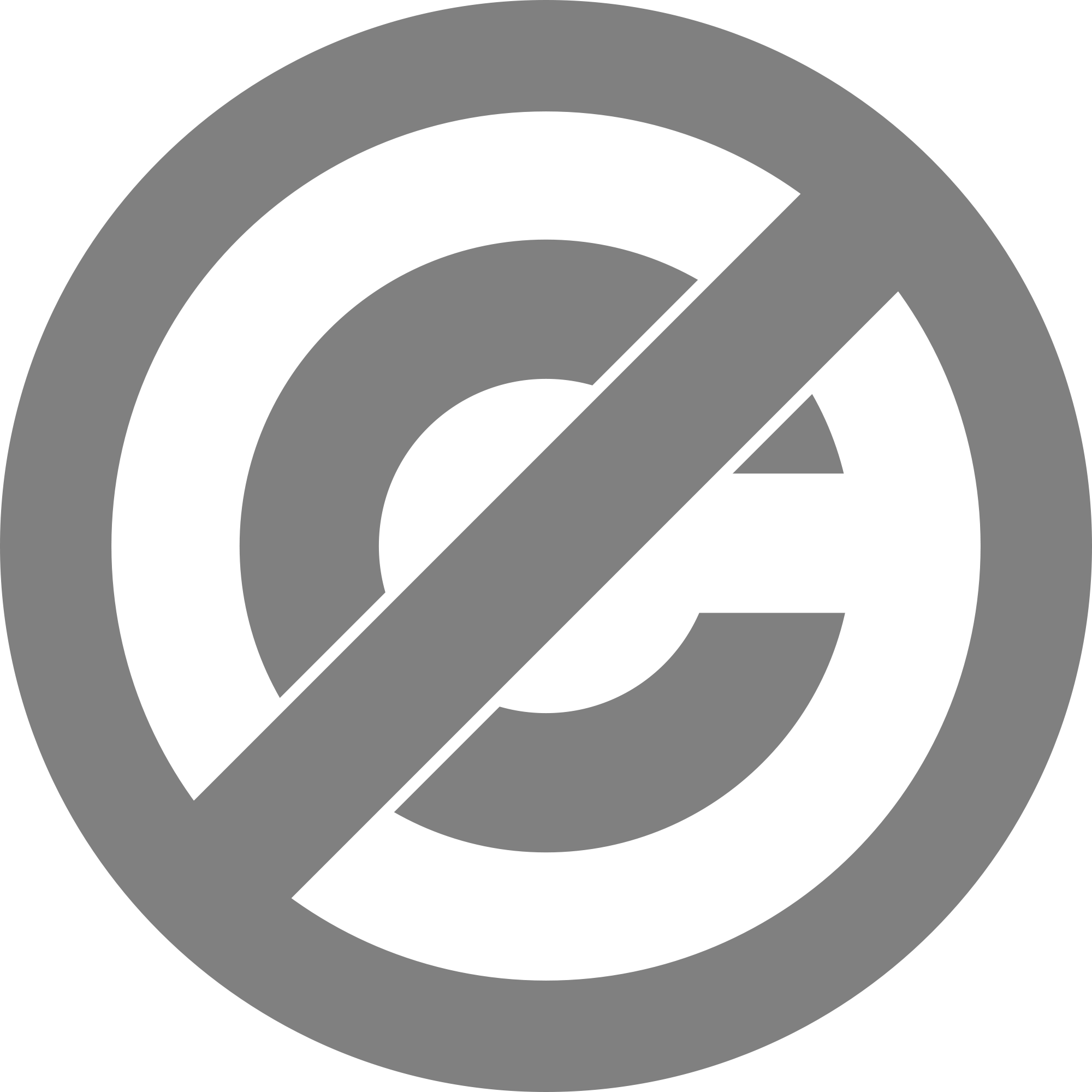TOPIC:
“Explore the psychological factors which
lead terminally ill patients over the age of 50 in South Africa to request
their loved ones to assist them to end their lives”
LEARNING
OUTCOMES:
- Students will be aware of when to cite sources and when it is not necessary.
- Students will be able to identify proper citation techniques in order to avoid plagiarism.
- Students will know and understand the difference between open access, fair use, public domain and copyright
ACTIVITIES:
Activity 1:
- Students will be divided into groups of 4 and they will be given an excerpt from an article on Assisted Suicide
- The articles details are as follows:Voltz, R., Nauck, F. & Radbruch, L. 2015, The desire to hasten death: Using Grounded Theory for a better understanding “When perception of time tends to be a slippery slope”, Palliative medicine, vol. 29, no. 8, pp. 711-719
- They will then be provided with 4 summaries of the article of which one did not commit plagiarism and the other 3 did. After analyzing the 4 summaries the groups have to identify whether the author of each summary committed plagiarism or not.
- If the summary contains plagiarism they need to highlight the plagiarized portion(s) and explain why it contains plagiarism. If it does not contain plagiarism they must also explain why it does not contain plagiarism.
Activity
2:
- After identifying the parts that have been plagiarized the groups will have to attribute and cite precisely according to 3 different referencing styles to ensure the paragraphs are not in violation of plagiarism rules. These are the Harvard, APA and MLA styles of referencing. They must then highlight the differences between the styles.
- Each group will be given handouts of examples of the 3 citations styles.
Activity 3:
1.
Each group will be provided with one of the 4
symbols below:
1.
They will have to look up what the symbol
means and write a short paragraph describing the characteristics of what the
symbol represents and its purpose. They will then have to present what they
have found.
2.
Then they have to find 3 sources pertaining to
the symbol and the topic and explain how they can/cannot use the source.
EXPLANATION OF THE RELATIONSHIP BETWEEN THE
KNOWLEDGE PRACTICES AND ACTIVITIES:
- Activity 1 and 2 links with the first knowledge practice which states: “Give credit to the original ideas of others through proper attribution and citation” by understanding when to cite, how to cite and why citing needs to take place. Students will also learn proper citation methods.
- Activity 3 links with the knowledge practice which states: “Articulate the purpose and distinguishing characteristics of copyright, fair use, open access and the public domain” by understanding the symbols; their meaning and characteristics and how to use the information governed by each of these licenses.




Nizam
ReplyDeleteI like your lesson but I am struggling to understand the first activity.
It is not well articulated.
Dear Shehaamah,
ReplyDeleteThanks so much for your comment. I have edited the first activity in light of your comment and I hope it makes more sense now.
Nizam, I like the way how you involve the students in the lesson. I would like to see how you evaluate the students to make sure they met the outcomes,
ReplyDelete